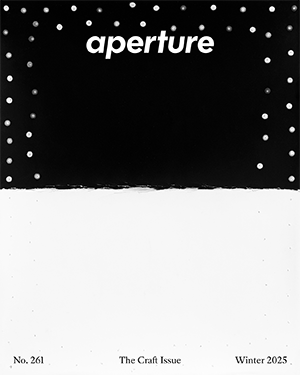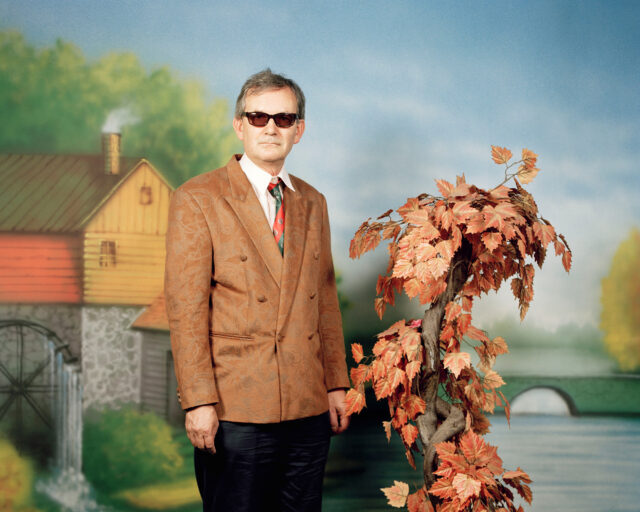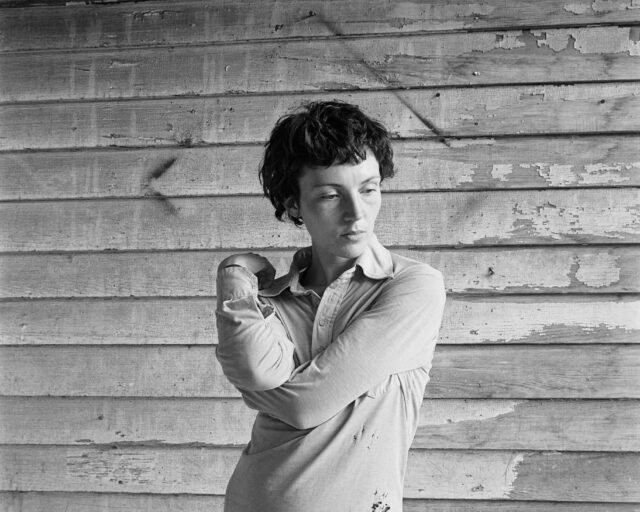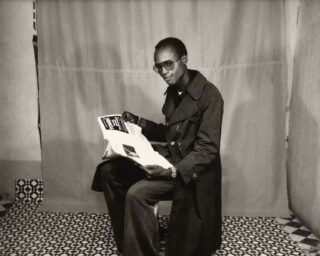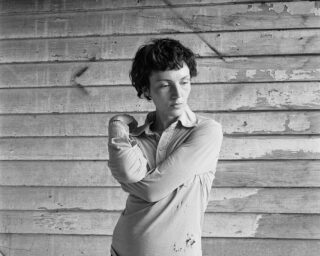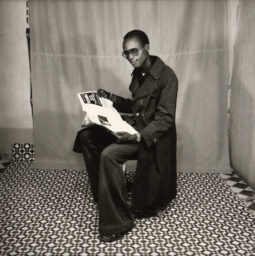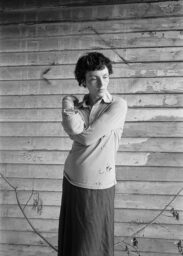Peter Hujar, Candy Darling on her Death Bed, 1973
Courtesy the Peter Hujar Archive/ADAGP, Paris
Cinephiles might recognize the pristine beaches of Porquerolles from Jean-Luc Godard’s 1965 film Pierrot le fou. The small island just off France’s southern coast is a national park with little development—no cars, few houses—but abundant natural splendor, and in our age of far-flung destination art locations, there is also an arts foundation with a compelling program and collection. The Fondation Carmignac is the vision of Édouard Carmignac, who in 2018 adapted an old villa into an exhibition space, which sits serenely amid the sea, forest, and vineyards.
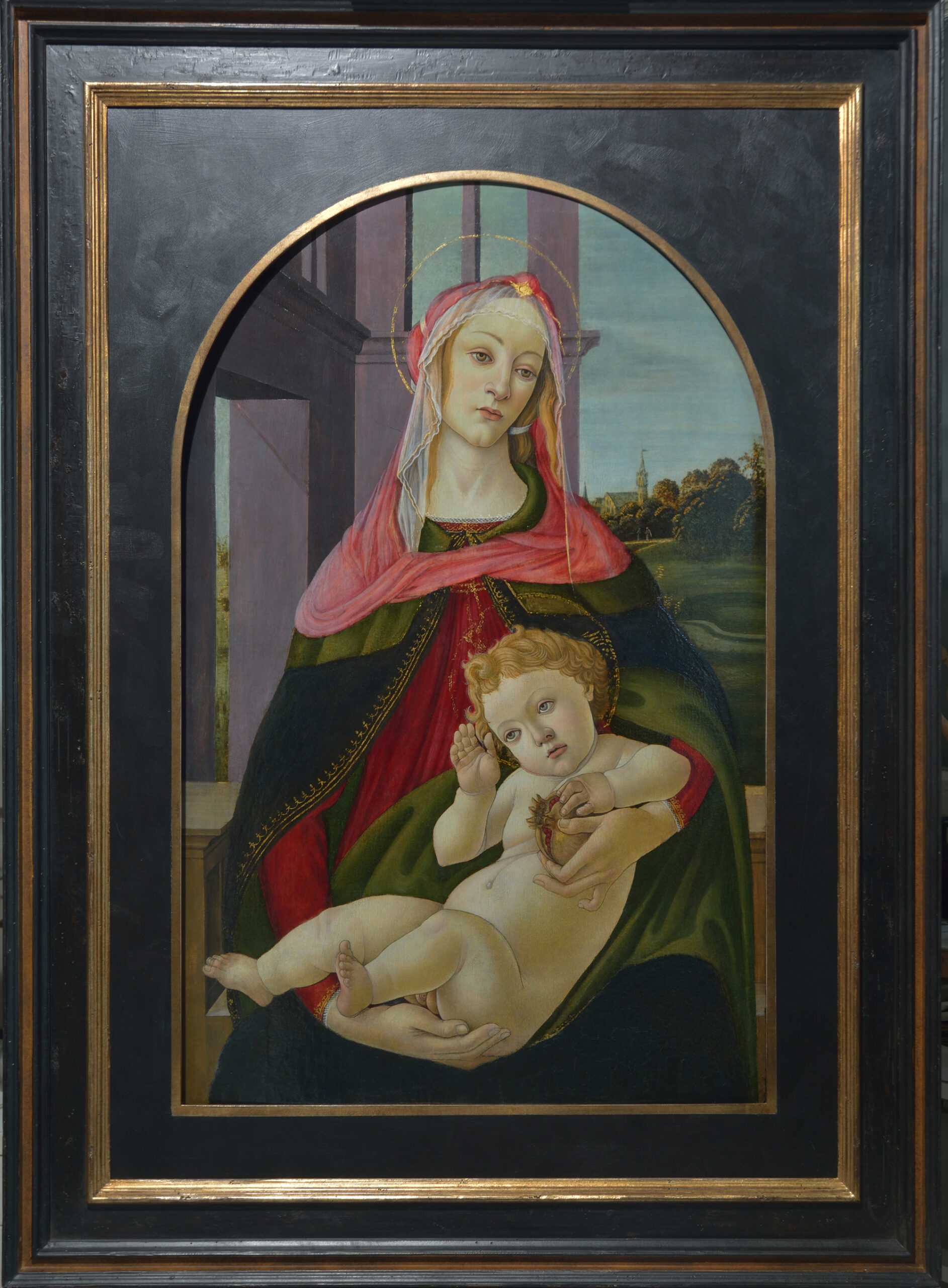
Courtesy Collection Carmignac
This past summer, the foundation opened The Infinite Woman, a sprawling exhibition organized by curator Alona Pardo, assembling work by sixty-six artists (mostly women) working in all manner of media. This eclectic, multigenerational selection engaged with a multiplicity of ways of considering representations of women, the feminine, and the mythological. As Pardo explains, “The exhibition seeks to disrupt and question the archetypal representation of womanhood by proposing woman as a creative force, a sexual being, a pleasure-seeker, while dismantling accepted standards of beauty and rethinking the concept of woman altogether.” An ambitious endeavor, for sure, and the island location offered an appropriate stage. Porquerolles’s origin story is steeped in dramatic and gendered mythology (as with much maritime lore): A woman fleeing a male predator transformed into the island, giving form to the land. Across the show, figures of women appear as creators, world-builders, life-givers, and shapeshifters across centuries of art making, from a fifteenth-century Botticelli painting of the Madonna and Child greeting visitors at the gallery’s entrance, to the recent hypnotic, anthropomorphic relief paintings by Loie Hollowell and the otherworldly watercolors of Chioma Ebinama.
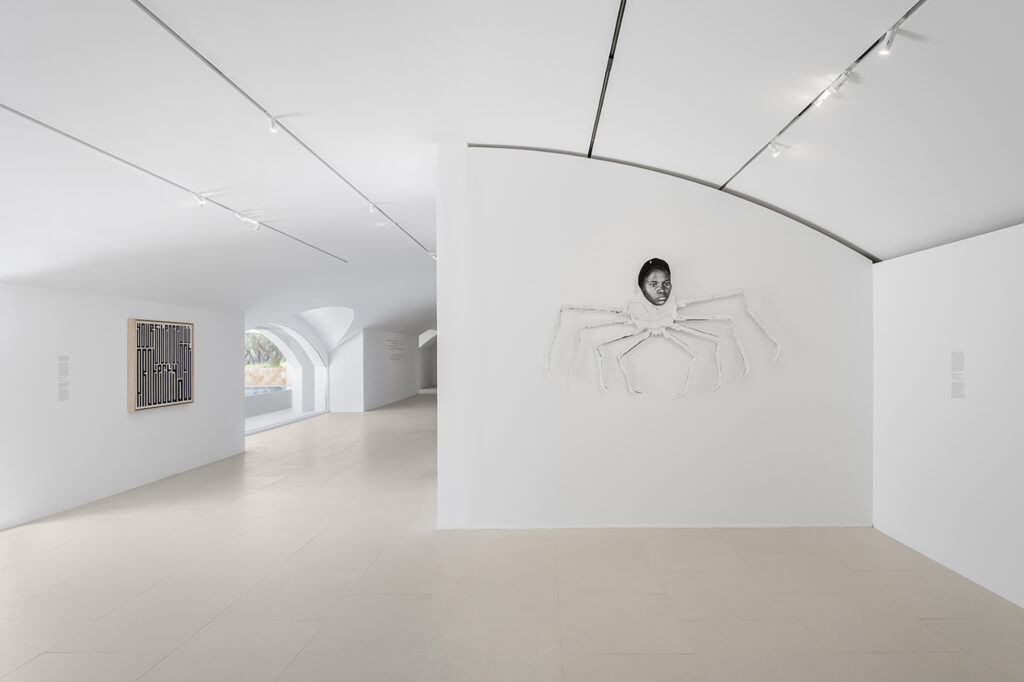
Courtesy Stevenson, Cape Town/Johannesburg. Photograph by Nicolas Brasseur/Fondation Carmignac
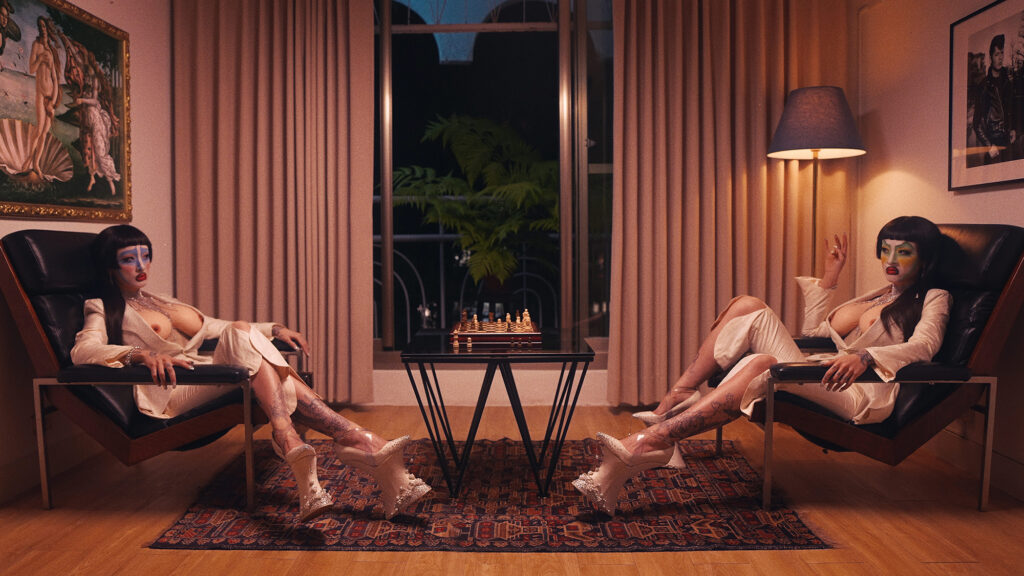
Courtesy the artist; Chi-Wen Gallery, Taipei; and Soft Opening, London
Structured around six categories—“Of Myths and Monsters” and “Disobedient Bodies” to name two—painting and sculpture dominated, with some notable photography sprinkled throughout. Spider II, 2022, a photo-collage by Nigerian Norwegian artist Frida Orupabo, foreshadowed a towering arachnid sculpture by Louise Bourgeois, and features the head of a Black woman montaged onto a chalky white spider’s body. Orupabo finds and collects her source imagery on the internet, using keywords such as “colonial vintage images,” to invent chimeras from charged historical material.
Much of the photographic work arrived later in the exhibition, in the thematic sections around desire and queer representation, attesting to both the camera’s role in objectification and the production of desire, as in the distorted pornographic images by Thomas Ruff, and its role in asserting or rescripting identity, as in Zanele Muholi’s crisp black-and-white portraits of trans women, or by exploding gender categories altogether, as in Martine Gutierrez’s stately “anti-icon” self-portraits that reimagine storied historical figures. Here, the artist appears in a retelling of Joan of Arc, with sword, breasts, and penis. A Dream of Wholeness in Parts, a 2021 film by Sin Wai Kin, plays with references to drag, traditional Chinese dramaturgy, and the image of the goddess Venus.
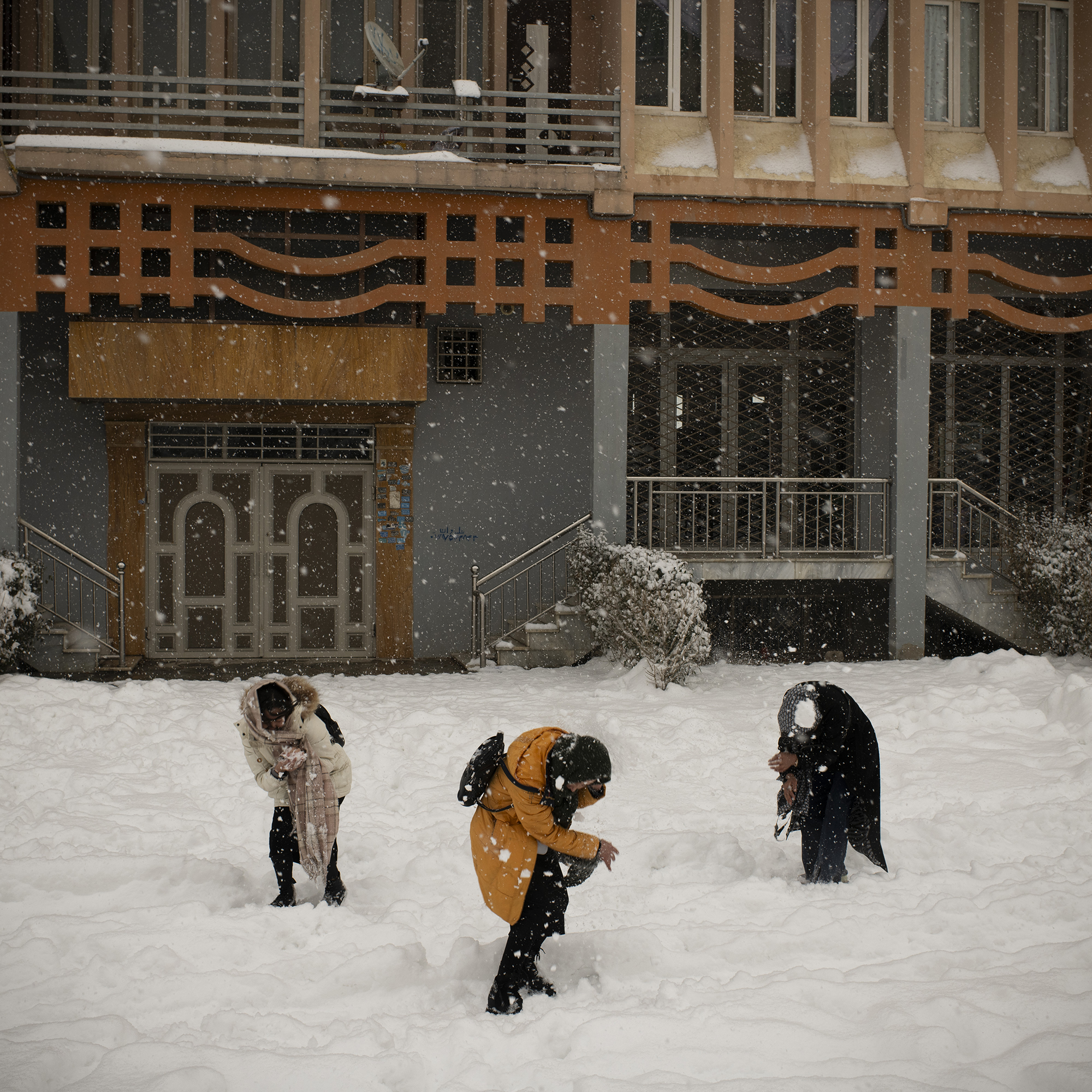
Courtesy Fondation Carmignac
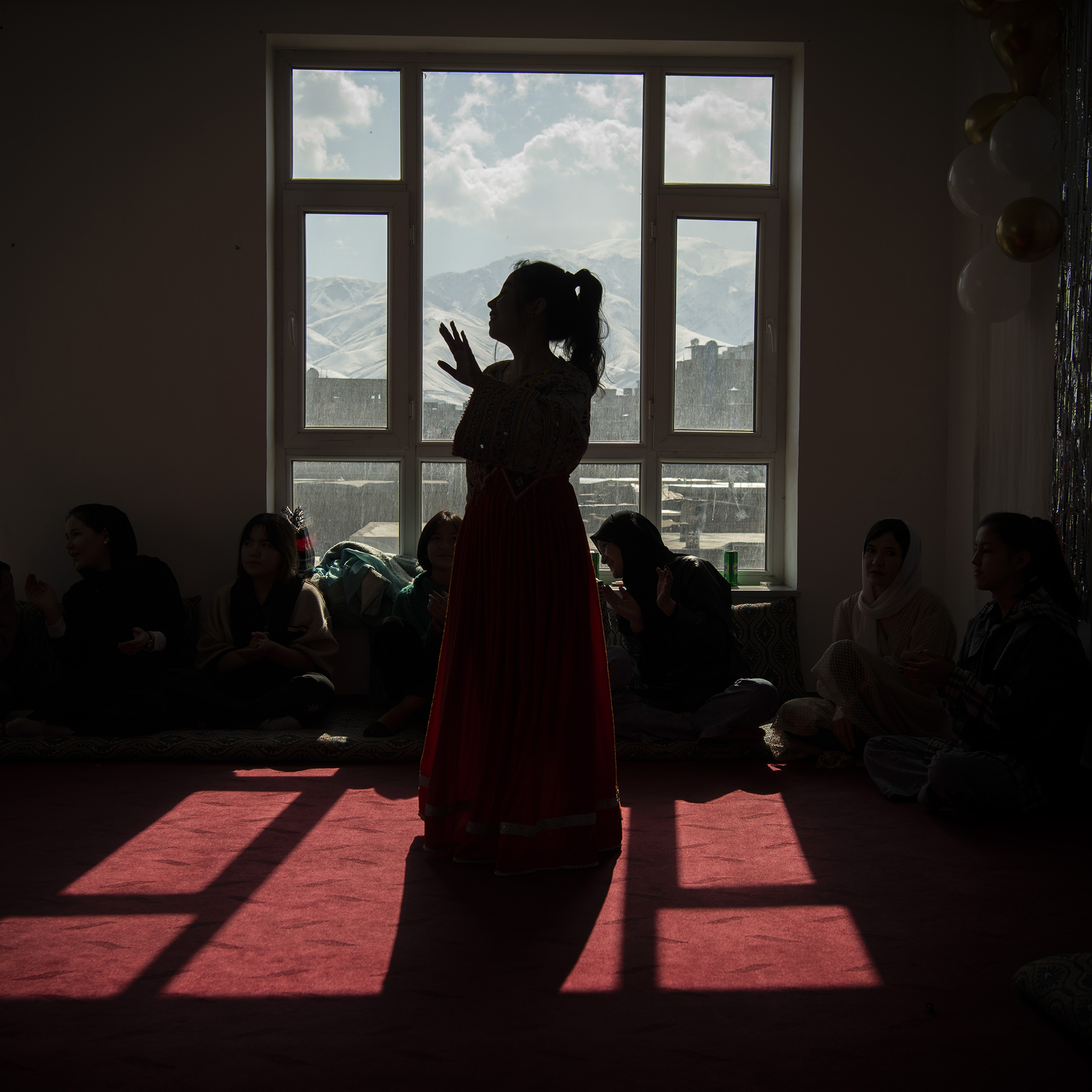
The broader work of Fondation Carmignac is, perhaps surprisingly, at least in formal contrast, dedicated to documentary. The recently announced fourteenth edition of their prestigious photojournalism prize was awarded to Canadian Iranian photojournalist Kiana Hayeri and French researcher Mélissa Cornet, who recently investigated the lives of women and girls across seven provinces in Afghanistan, following the Taliban’s return to power in 2021. Predictably, the project, No Woman’s Land, addressed the rollbacks on education and other freedoms for women, after twenty years of feckless US-led intervention. The extended captions for the project describe a bleak reality of child marriage, surveillance, and control, but the images also reveal quiet resilience in fleeting moments: dancing in the privacy of home, a torn poster instructing women to cover their faces, girls playing in a snowstorm. If the show at the Fondation was a celebration of the infinite possibilities of womanhood, Hayeri’s images offer a stark reminder of the infinite ways in which patriarchy has projected stifling control.
The Infinite Woman was on view at Villa Carmignac, Porquerolles Island, Hyères, France, April 26–November 2, 2024. No Woman’s Land is presented as part of the PhotoSaintGermain festival and on view at Réfectoire des Cordeliers, Paris, through November 18, 2024.
